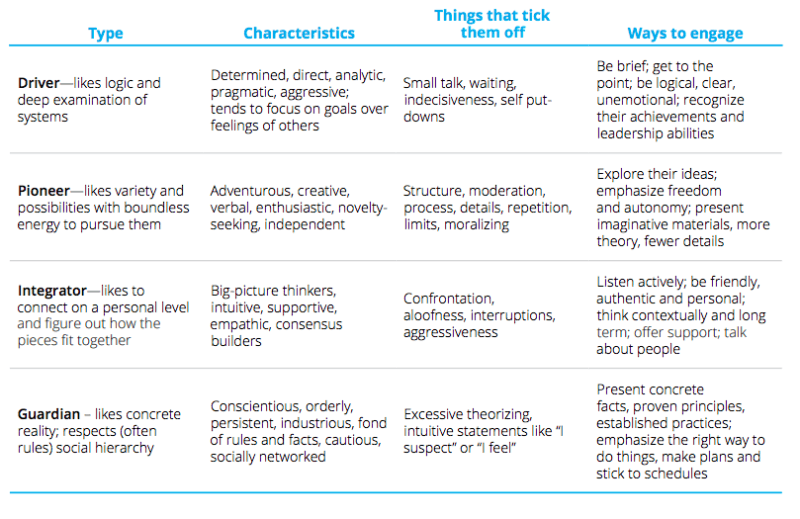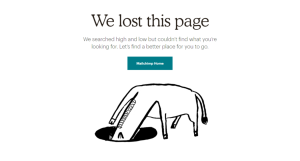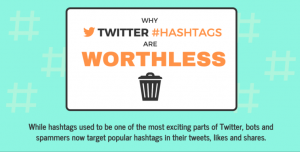Putting your martech strategy in place requires much more than technological know-how. Contributor Andy Betts explains how to forge partnerships both internally and externally.

In under a decade, we’ve seen the martech space explode in size, from just 150 solutions in 2011 to more than 6,800 as of this year. In this next phase of martech’s evolution, we’ll see a much-needed consolidation.
It’s already happening, not only through mergers and acquisitions, but also as brands begin to realize the massive value of martech-powered strategic partnerships and integrations.
The technology possibilities are exciting, but the human side of martech is the source of both the greatest challenges and the greatest opportunities. As the tech marches onward, becoming ever smarter through AI and the activation of more data than humans could possibly comprehend, people are still the glue in successful partnerships and integrations.
In a brave new world where technology can do just about anything, who is going to tell it what to do?
In this post, we’ll continue our exploration of what I like to call the Agile Marketer: who that is, what skills and tools they need to succeed, and how you can become one.
The agile marketing executive’s mindset & skill set

Over most of the 20th century, marketing and sales teams enjoyed defined, siloed roles. Sales was the point of customer contact, while creative, brand-driven advertising was the domain of the marketing team.
E-commerce came along to shake this up, and, near the turn of the century, sales executives suddenly found themselves having to lead some of those brand messaging initiatives. As the lines between sales and marketing have continued to blur, the pendulum has swung back toward marketing, where it’s been charged with leading the charge in meeting the ever-increasing needs of the constantly connected consumer.
Although some argue that martech should be a standalone department, it’s more likely today that marketing executives will find themselves leading increasingly interdisciplinary teams. The responsibilities of a modern-day marketing team might run the gamut from traditional marketing to digital, from martech to lead generation and loyalty functions and more.
It takes an agile marketer to manage a workforce that’s grown up in the digital age. To cater to customers who demand seamless, speedy interactions and transactions across platforms and devices. And to deeply understand the various personas and buyer types they’ll encounter through the company’s martech and across the online ecosystem.
Agile marketing requires a certain level of business and financial acumen, in addition to technical experience. This is where digital marketers tend to struggle and stop as they climb the ladder in technology-powered corporations today — in a classic example of the Peter Principle, the skills that propel you to the top won’t necessarily help once you get there. Although a solid foundation of technical and functional expertise is definitely needed to inform a CMO’s decisions, leadership skills and business prowess are far more important once you reach the C-suite.
You’ll need a solid business background in order to understand how the technology at your disposal can solve the problems your business and customers are facing. You’ll be expected to find balance between your inputs and outputs: to show exactly how your martech and talent drive a demonstrable contribution to your organization’s bottom line.
Inspiring marketing buy-in within teams & across the company
Don’t prioritize the machines and the martech over your human peers and talent, however. You’ll need to learn to unify your left-brain analytical prowess with right-brain communication skills, to bridge the gaps across teams and ensure the realization of martech’s full potential across your organization.
As CMO, you’ll need to establish and nurture relationships with the rest of the C-suite, the board, your own team and every team with whom yours will share tools and responsibilities. Failing to win this buy-in and build these relationships early on can leave a CMO crippled when they need support from stakeholders for their initiatives.
There are all kinds of personality types out there, many based on the works of psychologist Carl Jung. You might have taken the Myers-Briggs test at some point or studied the 16 personality types (perhaps you’re an INTP, The Thinker… or maybe you’re ENTP, The Visionary?). Personality types can be as simplistic or as complicated as you make them, but I prefer Deloitte’s Business Chemistry typing for navigating the C-suite:

Source: Deloitte
One of the keys to agility in your role as a leader in this exciting, technology-charged marketing space is your understanding of the people around you. What are their needs and goals? As a leader, you’ll want to schedule dedicated listening opportunities with key stakeholders to get your relationship off on the right foot.
Use your knowledge of personality types to communicate more effectively with the very different stakeholders you’re going to need to connect with across the C-suite, departments and partner companies. Which brings us to…
Increasing agility with strategic partnerships & integrations
As a marketing executive, you’re constantly on the lookout for the most lucrative opportunities to engage and delight customers. You’re responsible for setting the course and steering the ship. And when you see opportunities to create more cost-effective, compelling campaigns through partnerships, you’re responsible for executing, as well.
There are a lot of different ways for your organization to capitalize on partnerships and integration opportunities. You might join forces in friendly co-marketing to expand each of your audiences, like GoPro and Red Bull. Both are established lifestyle brands, and each has value to bring to the project-based table.
For its part, GoPro outfitted adventurers and athletes with cameras and funding to capture races and extreme sporting events. Red Bull lent its experience running events on the ground and its marketing power to each event. The most memorable of these was undoubtedly the Stratos campaign, wherein a GoPro-equipped Felix Baumgartner leapt into space 24 miles above the earth. Incredibly, 8 million people tuned in to watch the livestream, and all of the solid brand messaging that went with it.
Co-marketing campaigns can offer substantial cost savings, as brands pool their resources and marketing talent. You’re able to share highly qualified audiences and wow customers and prospects with free giveaways and co-branded products.
You might explore joint customer partnerships, like BMW and Louis Vuitton. Who might be in the market for a $20,000 luggage set? Perhaps the same customer who appreciates the BMW i8’s sleek styling and $135,700-and-up price tag. These two brands recognized the opportunity in their similar buyer profiles; luxury, quality craftsmanship, decadence and travel were the common threads that bound their venture together.
For B2B businesses, complementary technology partnerships may be worth a look. Is there a problem you and a prospective partner could solve better together? Of course, the bigger the brands, the more opportunities there are within a strategic partnership. The marketing world has watched with interest as the Apple-SAP strategic partnership has come together.
As David Wither at Engadget explained, “For SAP, the world’s largest business applications creator, the partnership meant that they got to develop customized business applications for iOS devices, iPads and iPhones. For Apple, everyone’s favorite computer giant, it opened the doors to SAP’s vast worldwide sales force and customer base.”
The common core in a successful partnership, whatever the type of agreement, is that it benefits everyone involved, including (and especially) the customer. And of course, today’s agile marketer must also be prepared for that most impactful type of partnership: the merger, acquisition or IPO.
As martech continues to evolve, people will continue to be the glue that drives these powerful integrations and partnerships. The market will develop, converge, expand and contract only at the speed at which marketers can manage the tech at their disposal. Agile Marketers — those who seamlessly build and manage relationships from Baby Boomers and Generation X through to modern-day millennials — can help steer martech in a better direction.
Opinions expressed in this article are those of the guest author and not necessarily Marketing Land. Staff authors are listed here.
Marketing Land – Internet Marketing News, Strategies & Tips
(143)





